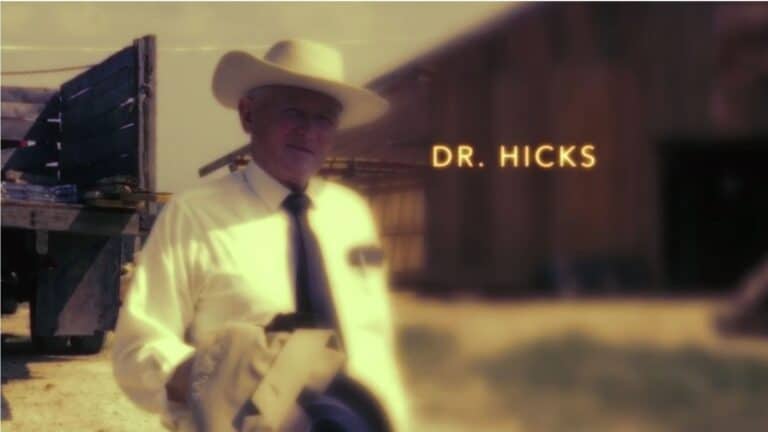THE CHAMELEON KILLER ‘Unmasked’ Serial killer Terry Peder Rasmussen went by many names

The Chameleon Killer: Part 1 ‘Bear Brook Murders’ on Discovery+ details the decades-long mystery of a who killed a young woman and three young girls and stuffed their bodies in barrels. Part 2 “Unmasked” reveals the elusive serial killer Terry Peder Rasmussen, who escaped authorities by using different identities.
Police captain Ron Montplaisir kept thinking about the case of the bodies in the barrel in New Hampshire, and trying to understand what he was missing, where he’d gone wrong.
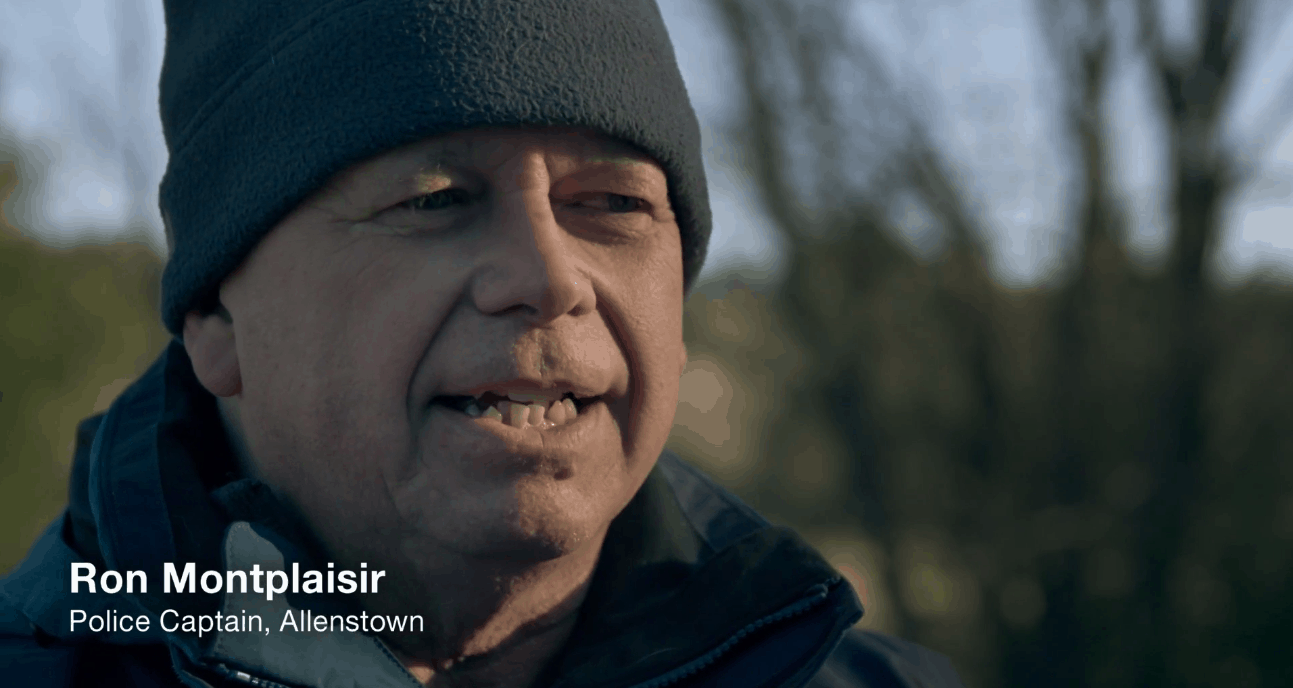
Meanwhile, across the country in California, a little girl named Lisa had been abandoned by her father Gordon Jensen. Her mother was dead, and San Bernadino Detective Cliff Harris, was convinced that Gordon Jensen was a fake name. He thought the girl had been abused by this man, and suspected that he had killed Lisa’s mother.
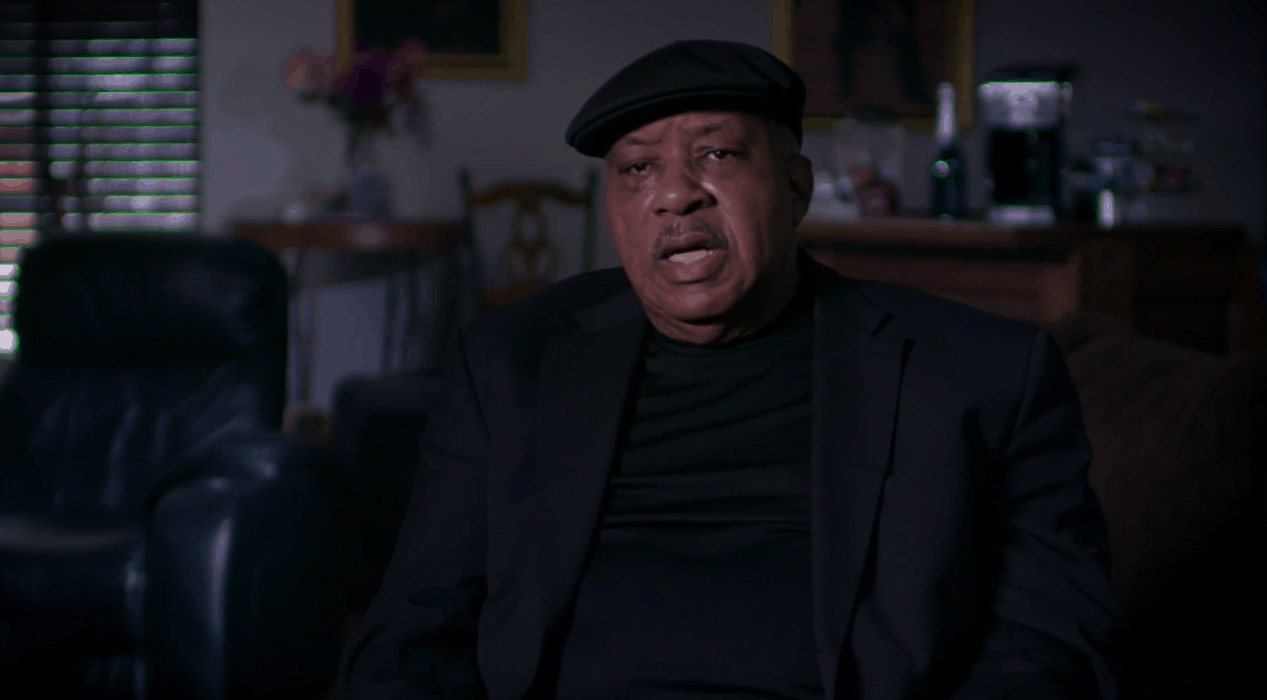
Cliff Harris was determined to find this man and stop him from hurting anyone else. He spoke with residents from the mobile home park. He found Gordon’s fingerprints in the utility room, where he had installed a new video system. He took apart a video player to find eight fingerprints inside.
When they ran the fingerprints they were connected to a man named Curtis Mayo Kimball, which confirmed Cliff’s suspicions that Gordon Jensen was a fake name. It turned out, however, that curtis Mayo Kimball was a fake name as well.
Contra Costa, California, 2002
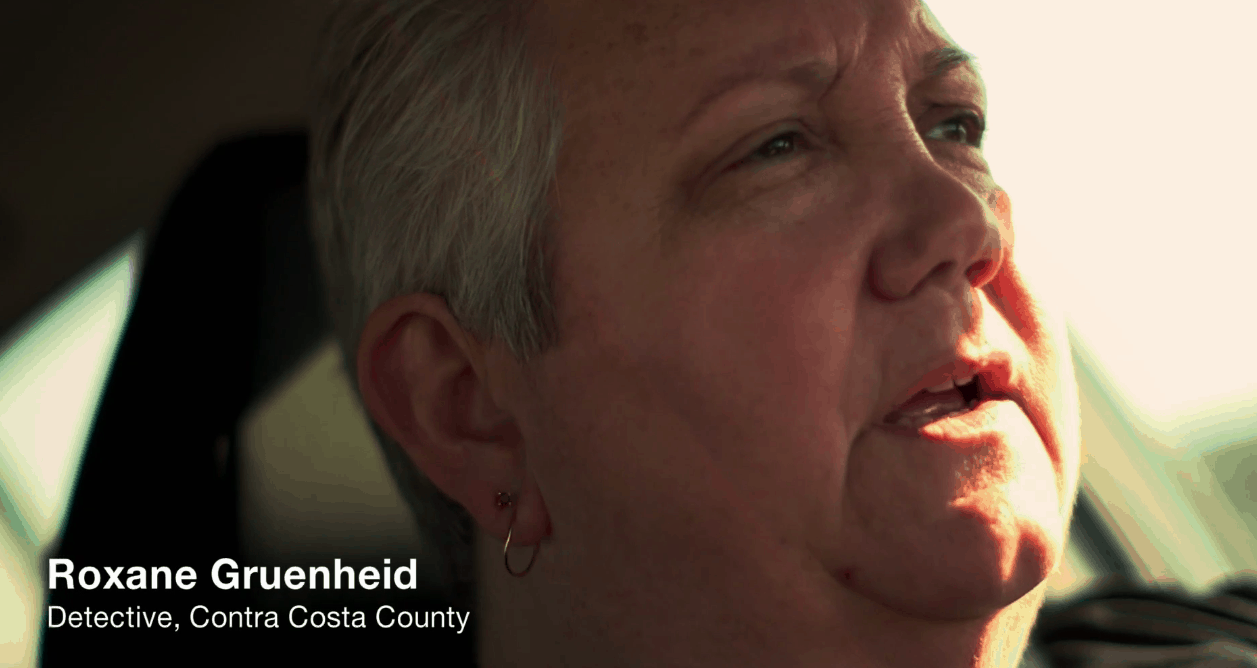
Detective Roxane Gruenheid says the investigation in Contra Costa, California began in 2002 when Renee Rose reported her friend Eunsoon Jun had been missing for four months. Renee was impressed with Eunsoon because she had traveled the world by herself.
One day Eunsoon told Renee that she was letting some guy named Larry move in with her. Renee thought Larry was slovenly and uneducated. She had no idea what Eunsoon saw in Larry. A few months later, Eunsoon also expressed doubts about letting Larry freeload off of her. She was about to ask him to leave when she disappeared.
Larry told Renee to stop calling. He claimed Eunsoon wasn’t her friend anymore and didn’t want to talk to her. Renee didn’t believe him, so she decided to visit Eunsoon’s house. While she was there, she was terrified that Larry would murder her if he found her there. She looked in Eunsoon’s kitchen, which was in squalor. There was trash everywhere. She knew then that Eunsoon was not there because she was so tidy. Renee called the police, but they had no evidence to do anything.
Still, Renee didn’t give up. One day Larry left a message on her answering machine. He told her that Eunsoon called the sheriff and told them that she wanted Renee out of her life. Renee then called the sheriff herself and let him listen to the message. Of course, Eunsoon had not called the police. They took this opportunity to start looking into Eunsoon’s disappearance. Roxane Gruenheid became the lead detective in the case.
They started looking into Larry, a.k.a. Lawrence Vanner. His DOB was 12/23/1943. They found no record of him, not even a driver’s license. They then sought to get in contact with Larry to see if Eunsoon was ok.
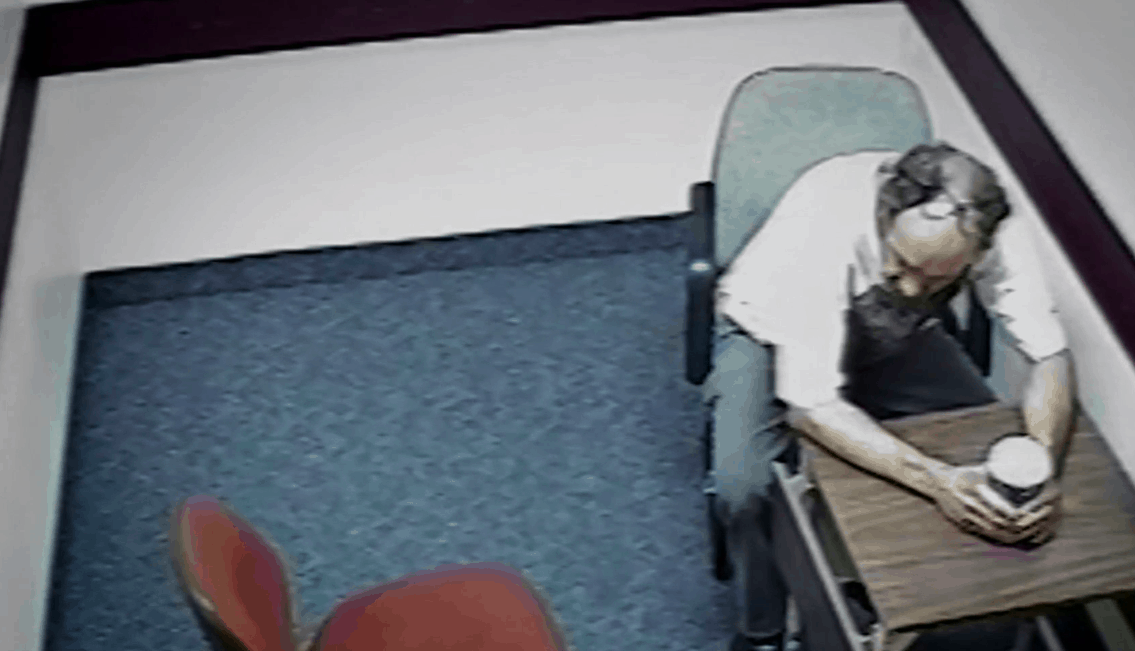
He would talk in circles to avoid addressing the direct questions he was being asked. The detective asked him if Eunsoon had “hurt herself.” He denied that she was suicidal. “I’ve always tried to live by the model that there is no defense against the truth,” he says during the questioning. “Find out what the truth is. You’ve got on side, and the other side, and something down the middle that people might perceive to be the truth.”
“All he’s doing is filling the void with nothing,” Roxane says. Larry says he’s not going to talk about the problems of himself or Eunsoon because the detective is not his priest or doctor. Detectives now know he was terrified they would find out who he really was.
They asked him for his fingerprints. He said yes, which he did not have to do. He was transported to their crime lab. Roxane sat in the backseat with Larry for the car ride. She found the cadence of his voice interesting. It was a “singsong” type voice. Roxane asked him where he was from. He leaned into her personal space, looked her in the eye, and said “That’s none of your damn business.” It was at this moment that Roxane suspected that something was very off.
Within 45 minutes of Larry giving the police his fingerprints, they found him in their system as Curtis M. Kimball, who had a different date of birth. The police immediately felt a buzz when they found out his other identity.
The police came in and told him that they knew he was Curtis Kimball. He said he didn’t know who that was, but he didn’t deny that it was him, so they arrested him. With Larry/Curtis locked away, they went back to the house to look for Eunsoon.
Once they were at the house, Roxane caught a whiff of a decomposing corpse, but she says it was immediately gone. They found the house to be “unkempt.” They found some photographs of Eunsoon on the fridge. They didn’t see any of her clothes or accessories. They saw a sledgehammer in the hallway.
Detective Michael Costa inspected the garage, which had a pottery studio. There was a lot of pottery, tools, storage, and trash. There was a doorway into the basement, and that’s where he found a huge pile of sand near the furnace. He also noticed blood splatter.
He also found a lot of empty bags of cat litter. He called Roxanne down to take a look at this strange development. Roxanne said the cat litter was scattered everywhere and was up to 2 feet high. Michael found some tools that looked like they had blood on them. Roxanne called a crime lab to come to the house. One of the criminalists brushes away some of the cat litter and found a mummified human foot.
The body appeared to be a female of the same height of Eunsoon Jun. She had been down in the basement for three to four months, but there was no odor. The coroner’s office identified the body as Eunsoon Jun. They contacted her friend Renee right away. Renee realized that where Eunsoon’s body had laid in the basement was under the bedroom of the house, so “Larry” had slept above her body for months. She also couldn’t believe that Eunsoon had been covered in kitty litter. The experience led Renee to believe that the work was very dark.
They never found the murder weapon, though they tested the sledgehammer. Roxane thinks he had used a saw to try to cut her up and gave up. The police were grateful that they had not let Larry go. They charged him under the name Curtis Mayo Kimball. Still, Roxane was sure this wasn’t all the information to be uncovered about him.
She wanted to find out “who the core being” of this man was. She didn’t buy that he was Curtis Kimball. She got his California Corrections file and found that one of his names was Gordon Jenson. Again, there were no records or driver’s licenses on Gordon Jenson. How many people had this one man been?
She also found that his arrest for abandoning a child was a “weird” charge. She had never heard of anyone else being arrested for that. She realized that there was a huge mystery about where Lisa’s mother was. Lisa had entered the foster care system had been adopted.
There were many stories about what happened to Lisa’s mother. One was that she died of cancer, another that she was killed in a robbery, and yet another that she had been hit by a car while fleeing a robbery.
The detectives had not believed that Curtis was Lisa’s father. Roxane wanted to do a paternity test for Lisa.
Curtis went to trial for killing Eunsoon where he pled “not guilty.” Suddenly, Curtis changed his plea to guilty. Roxane thinks he overheard that she was in the process of testing his DNA to see if he was really Lisa’s father. He was sentenced to life in prison for the murder of Eunsoon Jun under the name Curtis M. Kimball.
Roxane was still on his case about what happened to Lisa’s mother. She received back the results that proved Larry/Gordon/Curtis was not the biological father of Lisa.
She went to interview him, and he claimed that he used to drink so much back then that he didn’t even remember Lisa’s mother’s name or why he had come to live with her. Of course, Roxane didn’t believe that he didn’t know those things.
In San Bernardino, CA in 2013, a new DNA technique unearth’s Curtis’ secrets. The case of figuring out what happened to Lisa and her mother was the beginning of “investigative genetic genealogy.” This method had not been tried in law enforcement before.
At the time, Lisa didn’t know who she was. Detective Headley helped her sign up for Ancestry.com and found some distant cousins of Lisa’s. They then signed her up for all the DNA genealogy sites. They found a relative close to Lisa genetically, in New Hampshire.
It was Robert Beaudin, a relative of Denise Beaudin, who had a young daughter. They had both gone missing after Denise started dating a man named “Bob Evans.” Denise and her baby Lisa, who was only five months old, disappeared in 1981. Denise’s parents believed that baby Lisa had not been Bob Evan’s biological child.
Denise’s father Armand did not find out what had happened to Denise and Lisa for 40 years. “It’s been a long haul,” he says through tears.
Lisa is now married and has kids of her own. Because of the detective work, she was able to be reunited with her grandfather. Armand told police that Curtis Kimball was Bob Evans.
After this breakthrough discovery, all of the Chameleon Killer’s identities were unraveled. He had been committing murders in multiple states. Suddenly, The Bear Brook Murders had a new lead.
The middle child in those murders had been Curtis’ biological daughter. The decades-long mystery of the three bodies found in barrels in New Hampshire had been solved. Curtis had killed his own child. Still, police had not yet found this murderer’s real name.
More genealogical research leads investigators to the midwest. They contact Eric Rasmussen to let them know his abusive father, Terry Peder Rasmussen, who used to burn him with cigarettes, is a serial killer. He was devastated by this news and immediately felt shame. He believes there are more bodies.
Police also called his daughter Diane Rasmussen. She thought they were calling to tell her her father was dead, but they hit her with a ton of information about his crimes. She couldn’t process it all or believe that it was real. She can’t understand why this happened, but now believes he had a “deep evil” that was activated and motivated him to murder women and children.
Terry Peder Rasmussen was born in Colorado. He served in the Navy in the 1960s. In the 1970s he married Felta in Hawaii, and then they moved to California. All she wanted in life was a family. She doesn’t remember when she married him.
She says she was always busy with their four kids, and Terry was working all the time so they didn’t have much alone time. Sometimes he would go into rages and throw things. One day he threatened to use a revolver on Fleta.
Eric remembers a lot of arguing and turmoil. He doesn’t think the abuse he and his sisters suffered was abusive. He says he touched him in an “unspeakable” way that a man should not touch his son.
Diane also believes they were all abused in some way. She doesn’t have a lot of memories, but she does have unexplained scars that she doesn’t remember getting.
Fleta says she believes the abuse started with Eric. She found cigarette burns on him when she came home one night from work. After that, she was terrified of her husband Terry and lost trust in him.
She decided to flee with their children so he couldn’t hurt them anymore. She left while he was at work. After that, Fleta would move them every few months because she was afraid of Terry catching up with them.
Her kids now realize that their mother had saved their lives by keeping them on the run.
Bear Brook New Hampshire, 2017
Now, police know the name of the Chameleon Killer, but they still don’t know the name of the women and girls in the barrel.
Rebekah Heath, an amateur detective, got interested in the case because she feels like she could have been a Jane Doe. She walked away from the religious cult she was raised in when she was 19. She had no family or connections in the world. She now sees that she was naive, and could have gotten into a lot of bad situations. Identifying with this vulnerability made her want to look for the identities of Jane Does.
She found the case while going through newspaper archives at the library where she worked. The idea of bodies sitting in barrels in the woods caught her attention. She knew there had to be someone out there looking for the girls. She started looking on the public missing persons section of Ancestry.com.
The youngest girl and the oldest girl were half-sisters and were the daughters of the adult woman. She used search terms like “half-sister” and “step-sister” to search and found a post made in 1999 for someone looking for their half-sister Sara/h McWaters.
Rebekah found that people were also looking for Sara/h’s mother Marlyse and her other daughter Marie Vaughn. She found that Marlyse’s two daughters had two different fathers. She found the woman looking for Sara/h on Facebook. She immediately responded.
She says her father was a marine. She also threw in a “by the way,” she married a guy named “Terry Rasmussen.” Rebekah had suspected that she had found the missing woman and girls, but when she saw the name “Terry Rasmussen,” she knew it must be them.
Detective Peter Headley believed that Rebekah may be right. When he contacted Marlyse Honeychurch’s siblings, they told him the last time they saw her and the kids were in Southern California at their mother’s house with Terry. There had been an argument, and Terry told Marlyse it was time to go.
Before Terry Rasmussen, Marlyse Honeychurch had been married to Michael Vaughn. They had one daughter together, Marie. Both Marlyse and Marie disappeared from Michael’s life forever in 1976. It’s been devastating to find out his wife and daughter were killed by Terry Rasmussen. “You don’t want it to be,” he says through tears. “But it was.”
The youngest little girl is Sarah McWaters. The middle child still doesn’t have a known identity, but police know she is Terry Rasmussen’s biological daughter. There is one photo of Marie Vaughn blowing out candles on a cake. Next to her is a little girl who may be the unidentified girl.
Eric now finds it hard to not constantly compare himself to his father. He sees his father’s eyes when he looks into the mirror because they have the same blue eyes. He’s always looking for reassurance that he isn’t like his father.
Diane says her brother Eric feels cursed, but she wants him to “look outside himself because he’s not.”
Eric served in the military and has done things out of orders that he’s not proud of, and he feels like this is what connects him with his father. He has killed people in the military, and he feels like the killings he has done are not different from the killings his father has done. He’s looking for peace to help disconnect himself from his father’s actions.
In 2019, Eric and Diane drive to New Hampshire to confront the truth of their father’s actions there. Eric has a theory about his father’s motive for the murder of Marlyse and the three girls. He thinks he did it to cover up the fact that he was molesting the girls. Diane doesn’t believe there is any “why” that could explain what their father did.
They go to talk to Ron Montplaisir. He tells them to not hold themselves responsible for what their father did. While in New Hampshire, they also visit the burial spot of their unnamed sister.
Terry Rasmussen died in 2010 before he was charged with the Bear Brook murders. Detective Roxane doesn’t think much about Terry but is grateful that they have been able to connect the dots with some of his victims.
The Chameleon Killer is streaming now on Discovery+





